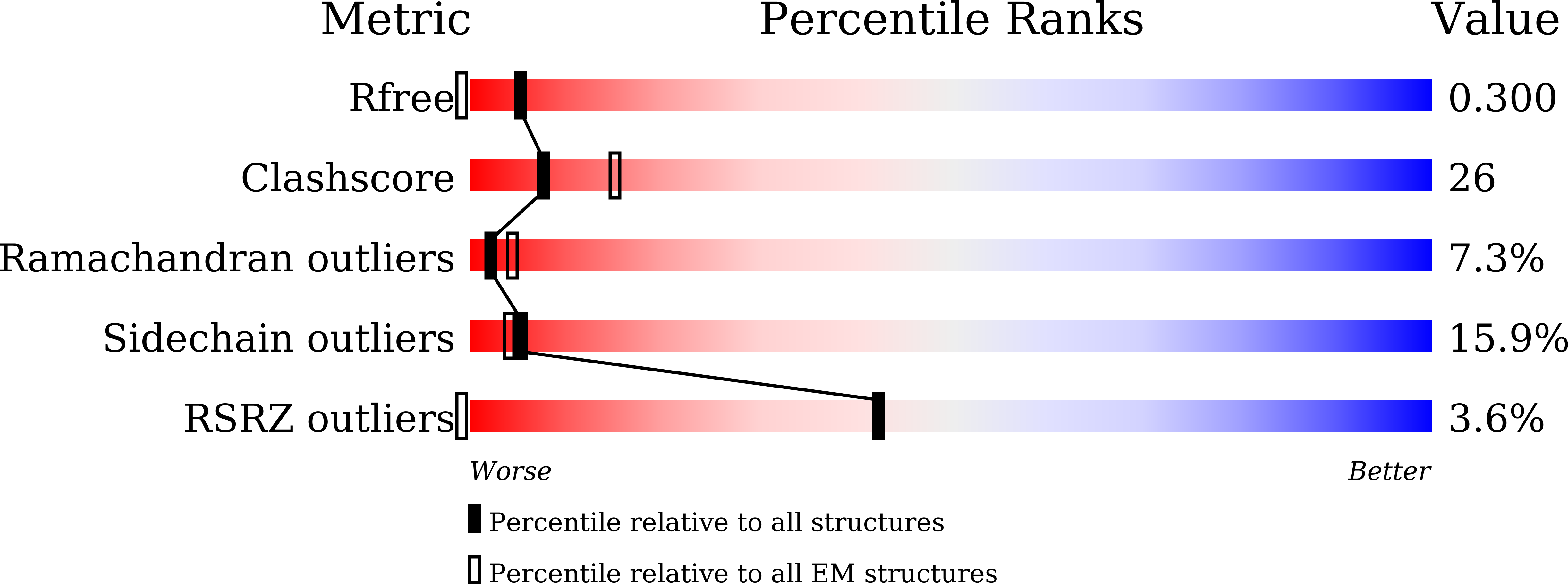
Deposition Date
2009-02-06
Release Date
2009-06-09
Last Version Date
2023-11-08
Entry Detail
PDB ID:
2ZZ9
Keywords:
Title:
Structure of aquaporin-4 S180D mutant at 2.8 A resolution by electron crystallography
Biological Source:
Source Organism:
Rattus norvegicus (Taxon ID: 10116)
Host Organism:
Method Details:
Experimental Method:
Resolution:
2.80 Å
R-Value Free:
0.28
R-Value Work:
0.23
R-Value Observed:
0.23
Space Group:
P 4 21 2


